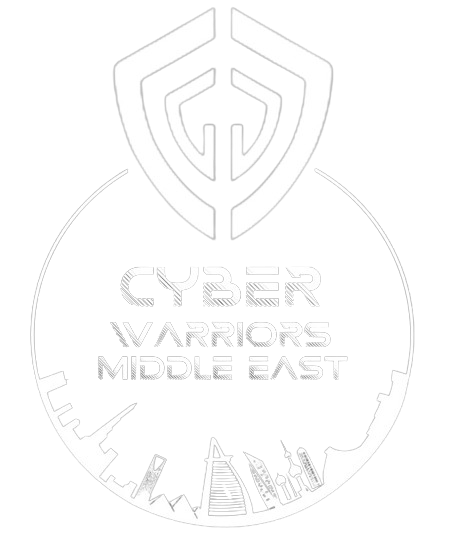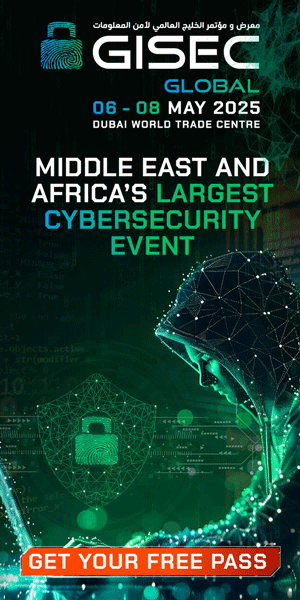Navigating the Ransomware Landscape: Insights from the UAE
Understanding the Current Threat Landscape
In an era where digital transformation continues to accelerate, the threat of ransomware looms larger than ever. A recent report reveals a concerning statistic: nearly 50% of companies globally opted to pay ransoms to regain access to their data following cyberattacks, marking a peak in the trend of ransom payments over the past six years. Particularly in the United Arab Emirates (UAE), the situation is equally alarming, with 43% of organizations whose data was encrypted choosing to pay up, and 30% successfully negotiating a lower ransom than initially demanded.
Key Findings of the “State of Ransomware 2025” Report
The “State of Ransomware 2025” report, an annual survey from a prominent cybersecurity firm, underscores a shifting narrative in the battle against cyber extortion. While the median ransom demand saw a decrease of one-third from the previous year, the median amount paid halved, suggesting companies are becoming more adept at managing the financial repercussions of these attacks. In the UAE, the median ransom payment stood at $1.33 million, a substantial figure that highlights both the severity and frequency of these incidents.
Vulnerabilities Under Siege
One of the most alarming takeaways from the report is the identification of exploited vulnerabilities as the primary technical root cause of ransomware attacks in the UAE. An unsettling 49% of ransomware victims were unaware of the security gaps that adversaries leveraged, leading to significant breaches. Compounding this issue, over half of the organizations cited inadequate resources as a contributing factor, with one-third lamenting a lack of technical expertise.
The Scale of Impact
The ramifications of ransomware in the UAE are profound. Data was successfully encrypted in 55% of attacks, surpassing the global average of 50%. Furthermore, in 43% of these incidents, data was stolen, a figure considerably higher than the global rate of 28%. Despite these challenges, the resilience of affected organizations is commendable; 98% managed to recover their data in some capacity, with 68% utilizing backups and 43% paying the ransom.
A Glimpse Into Recovery
The speed of recovery from these incidents is striking. A noteworthy 63% of UAE organizations reported complete recovery within a week, significantly exceeding the global average of 53%. Only a small minority—15%—took between one and six months to return to normal operations. However, this swift recovery does not come without a cost, particularly in terms of human impact.
The Human Toll on Cybersecurity Teams
The psychological implications of these attacks are non-trivial. The report reveals that IT and cybersecurity teams face increasing pressure, with 40% of respondents noting heightened scrutiny from leadership, while 37% described an uptick in their workload post-attack. Furthermore, a concerning 42% reported heightened anxiety or stress regarding future attacks, and 18% experienced team absences linked to stress-related issues.
Recommendations for Resilience
In light of these findings, cybersecurity experts are stressing the importance of proactive measures. Elimination of common vulnerabilities, protection of endpoints with anti-ransomware solutions, and the establishment of a thoroughly tested incident response plan are critical components of an effective strategy. Maintaining robust backups, coupled with 24/7 monitoring and detection—potentially through Managed Detection and Response (MDR) services—are also recommended to bolster defenses.
Conclusion: The Path Forward
As ransomware becomes an ingrained aspect of the business landscape, organizations in the UAE and worldwide must adapt and enhance their defenses. Awareness and preparedness are essential, as is the recognition that tackling the root causes of these vulnerabilities will play a pivotal role in preventing future attacks. With the right strategies in place, businesses can not only mitigate the risks associated with ransomware but also emerge stronger and more resilient in the face of adversity.
In the battle against cyber extortion, the stakes are unequivocally high. By understanding the landscape and implementing thoughtful strategies, organizations can protect their assets and ensure their longevity in an increasingly perilous digital world.



